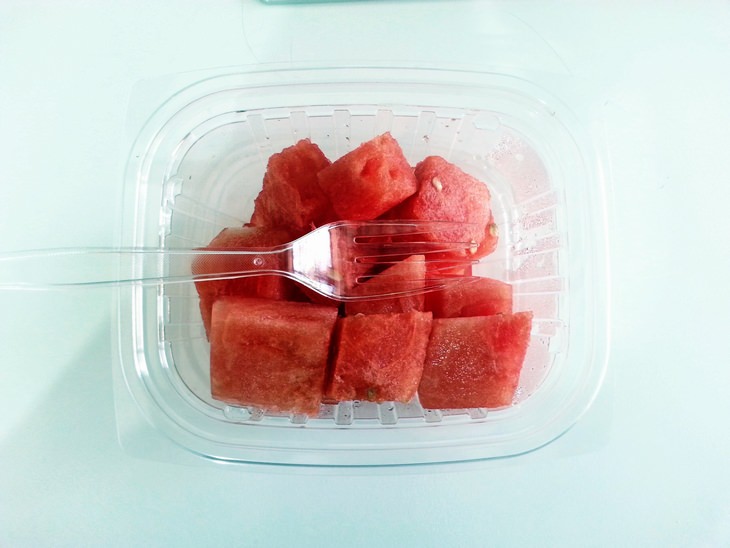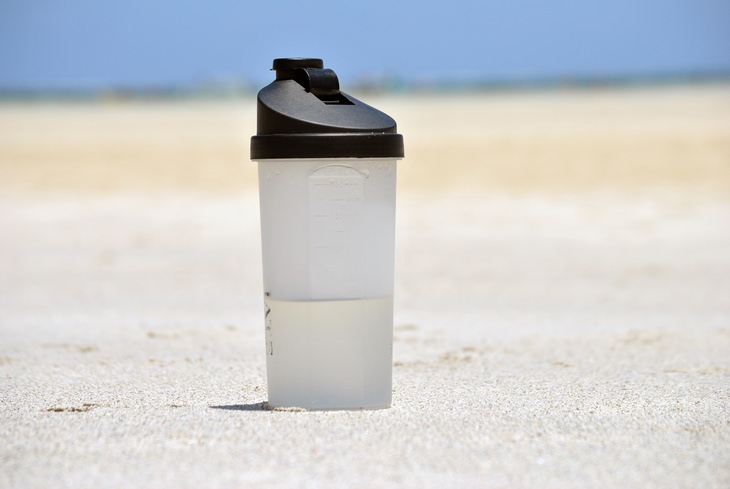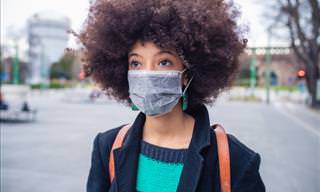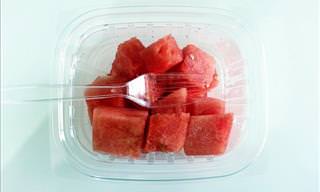Do you know what a plastic-free day is like? Most like, you don’t, and neither do most people, mainly because plastic is everywhere: in food packaging and in electronics, but also in textiles, glues, hairspray, and even in the coating of some supplements and pills. Therefore, let me rephrase the question: should we have plastic-free days?
And the answer is a definite “yes”, as scientists warn us about the dangers plastics have on our health. Find out how plastic materials can harm the human body and how to minimize the harmful effects. If you are exposed to a lot of plastic on a daily basis, consider limiting it as much as possible, especially if you are pregnant, breastfeeding, or you have a weakened immune system.
A report was published by a doctor in the United States of an infant suffering from irritability, sleeplessness and tremors during his first year of life as a result of his mother eating and drinking from plastic tableware. Sandy Knight, a plastic factory worker was diagnosed with stage 3 breast cancer as a result of improper precautions at her work place and constant plastic exposure.
These stories should serve as an alarm call to cut off plastic use altogether.
Scientists Know What Makes Plastic Dangerous
The scientific literature on the dangerous effects of plastics is somewhat vague, mainly because it is an emerging field, but also due to the huge variety of plastic polymers and their mixtures used in products. Even so, there are several studies confirming that plastics directly or indirectly interfere with numerous aspects of our health. The list of the harmful ingredients found in plastics is extensive, but the ones that are frequently mentioned as dangerous to human health are:
- Bisphenol A (BPA) is a base material used to make such plastic products, as water bottles, CD cases, sports equipment and water pipe lining. It is also a known pollutant and interferes with crop growth and animal habitats.
- TTBPA, a fire retardant, is added to plastics in order to make them fire-resistant. It is used to produce hard, durable plastics, epoxy glue and printed circuit boards.
- Phthalates are another essential ingredient in the production of most kinds of PVC plastic. There are different types of phthalates, of which DEHP (a type of phthalate used in building materials, detergents and PVC) is one of the most widespread and most often associated with pollution and health harm.
- Vinyl chloride is a petroleum-derived chemical used as an ingredient to make PVC. It is highly toxic and carcinogenic in its pure form.
- Lead, cadmium, and mercury are metals that are added to plastics to stabilize them or to alternate their density. All of these metals are highly toxic.
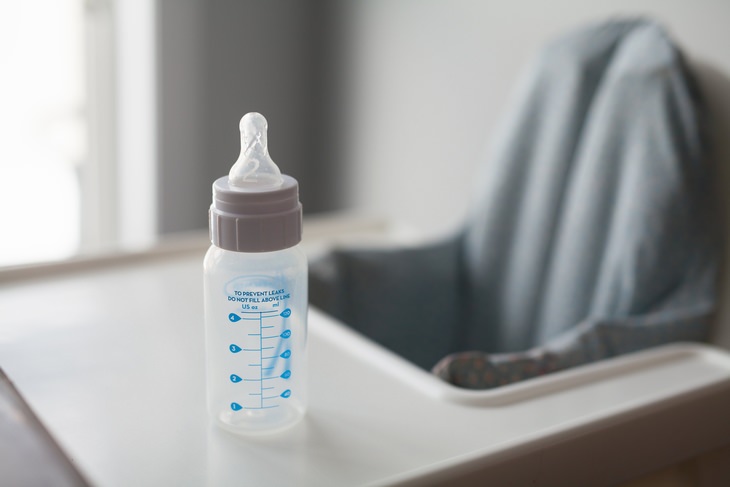
These dangerous compounds can be found in a variety of plastics we use every day. From plastic goods the harmful chemicals seep into the environment. Scientific evidence confirms this, as all of these compounds are found in varying amounts in water, air, soil and living organisms.
As an example, a recent study by the State University of New York tested 259 different bottled waters from 9 countries and stated that 93% of the water samples showed some extent of plastic contamination. These figures speak for themselves, the plastic industry is clearly underregulated and we are constantly exposed to dangerous plastic compounds.
The Health Hazards of Exposure to Plastic
Plastic exposure is associated with a host of different health concerns, among which are cardiovascular disease, type 2 diabetes, obesity, allergies, certain types of cancer, hormonal problems, as well as reproductive and developmental issues. Also, plastics that contain metals can be toxic.
Hormonal and reproductive issues. Compounds like BPA, TTBPA and phthalates have been associated with reproductive issues, such as polycystic ovaries, sterility both in females and males, and miscarriages. This might be due to the fact that some plastic compounds can act as hormone disruptors by mimicking sex hormones.
It would also explain the variety of hormonal issues in populations that were exposed to a lot of PVC, like factory workers, who were likely to suffer from low testosterone, thyroid issues and problems with the pituitary gland.
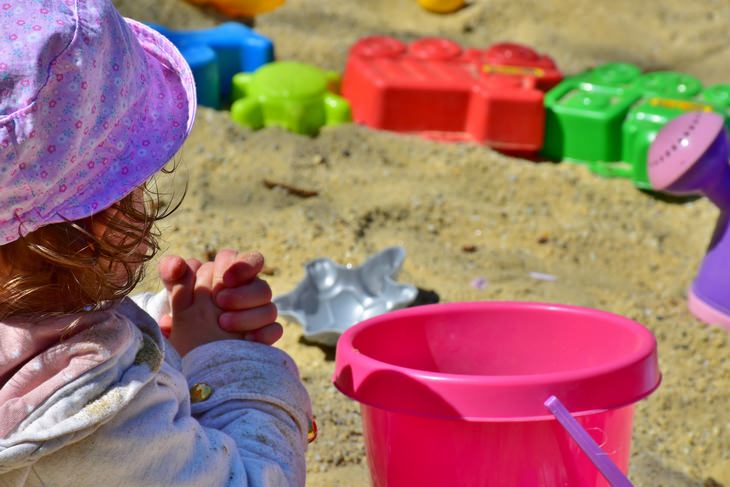 Child development. One of the biggest concerns with plastic exposure is with child development. A study published by the Royal Society of London reported that exposure to BPA while still in the womb affected the children’s brain and sexual development. The study reports that children lacked whole brain structures necessary for sexual development.
Child development. One of the biggest concerns with plastic exposure is with child development. A study published by the Royal Society of London reported that exposure to BPA while still in the womb affected the children’s brain and sexual development. The study reports that children lacked whole brain structures necessary for sexual development.
Toxicity. Symptoms of poisoning are displayed with the accumulation of lead, cadmium, and mercury in the human body. A few cases were documented about people being hospitalized with metal poisoning because they constantly ate a lot of oceanic fish. Fish accumulated these metals in their muscle tissues because they lived in environments heavily polluted by plastic.
Cancer and other symptoms. Plastic exposure is associated with breast, liver, and testicular cancers. Studies on animals showed that exposure to plastic can lead to obesity, high blood pressure, insulin resistance and allergies.
How to Minimize Your Exposure to Plastic
Due to the fact that the international regulations for plastic products are very weak, it is very important to be aware of the dangers plastic materials pose to your health and especially to children’s health.
The safest bet is to avoid plastics as much as possible. Baba mail compiled the following tips to help you avoid plastic:
- Replace your cookware and plastic containers with glass, ceramic and stainless steel ones. Use a wooden cutting board instead of a plastic one.
- Don’t drink out of plastic bottles.
- Avoid products that have the most dangerous ingredients. These are the ones that have the recycling symbols 3, 6 and 7 (not sure what are recycling symbols? Check out our dedicated article to find out).
- When buying food, avoid products packaged in plastic (look for unpackaged foods, or paper and glass packaging instead). Also, use a canvas or paper shopping bags to store and package your groceries.
- Don’t buy takeout and meals that come prepackaged in plastic, cook your own foods instead as much as possible.
- Forget about single-use plastic plates, cups and utensils, replace them with multi-use metal or glass items.
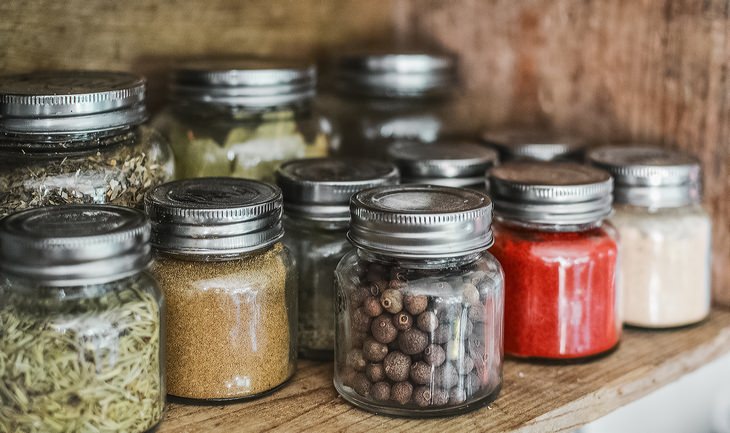
- Use BPA-free baby bottles and natural wooden teethers for the little ones. Also, replace the plastic toys with those made of wool, canvas or wood and don’t let kids nibble on your phone and remotes.
- Cover food with a paper towel instead of plastic wrap when reheating in the microwave.
- Avoid plastic coffee pods and artificial silk tea bags. Use ground coffee and loose tea, or metal pods and biodegradable tea bags instead.
If you’re not ready to get rid of your plastic containers just yet, we have some tips on how to handle them safely:
- Never heat up plastic packaging, such as food containers, prepackaged, takeout foods or infant formula in the microwave, even if the packaging says you can, use ceramic or glass instead.
- Stop using and recycle scratched or damaged plastic containers and bottles.
- Try NOT to clean your plastic items with very hot water.
- And finally, choose safer plastics, which are the labeled as type 2, 4 and 5.
Related Articles:
 Go to BabaMail
Go to BabaMail


